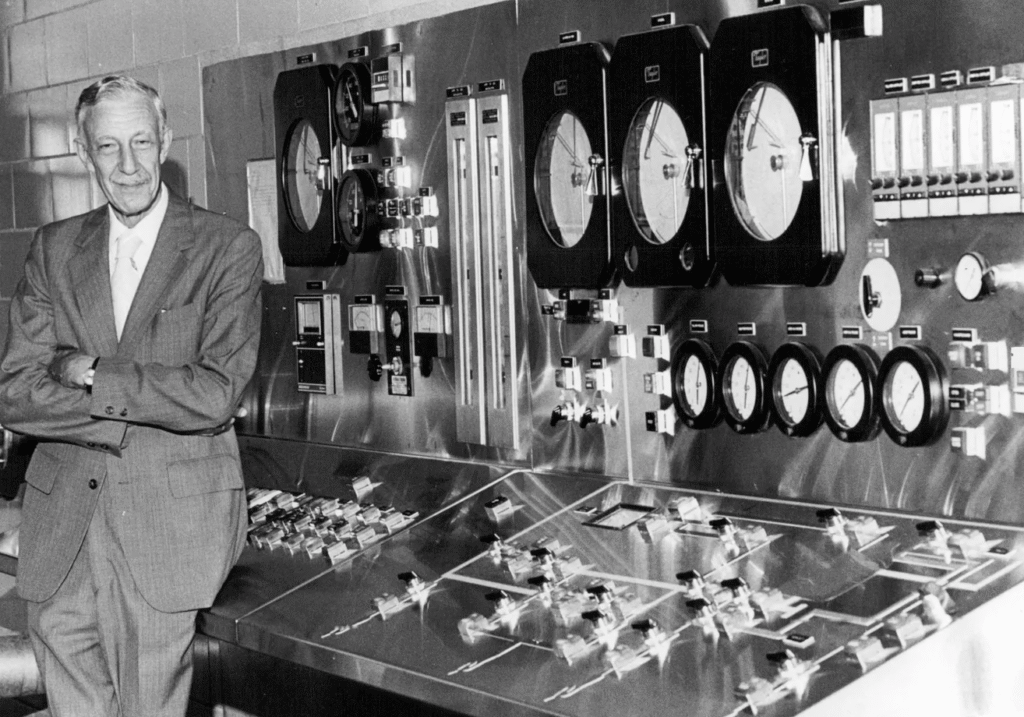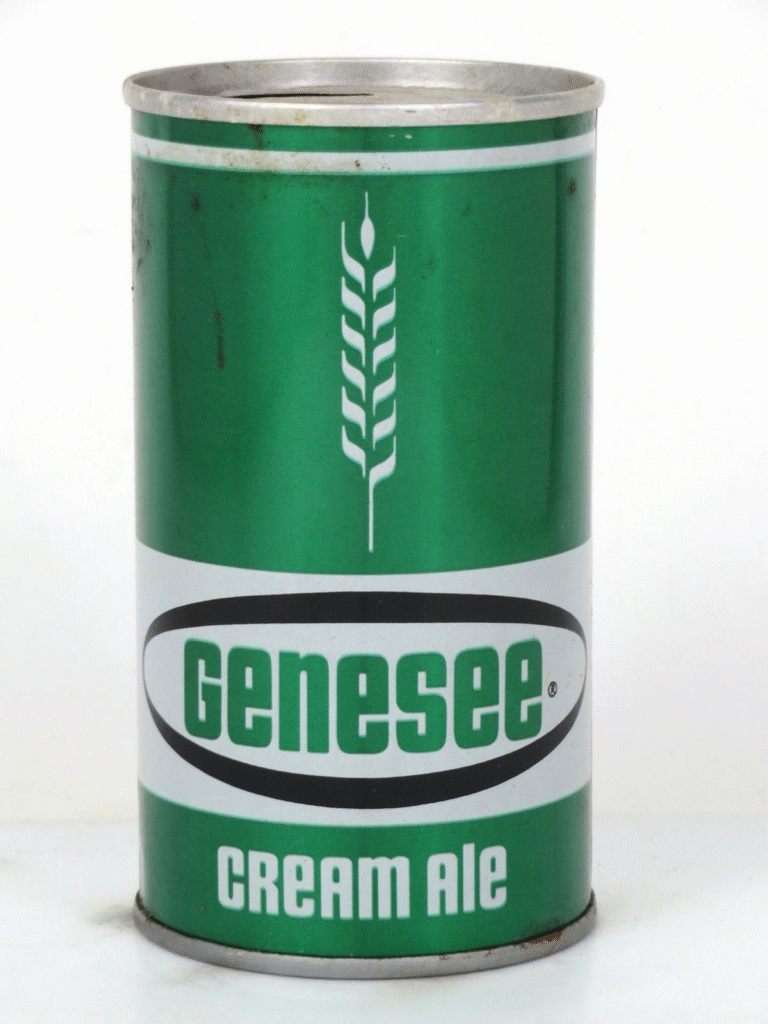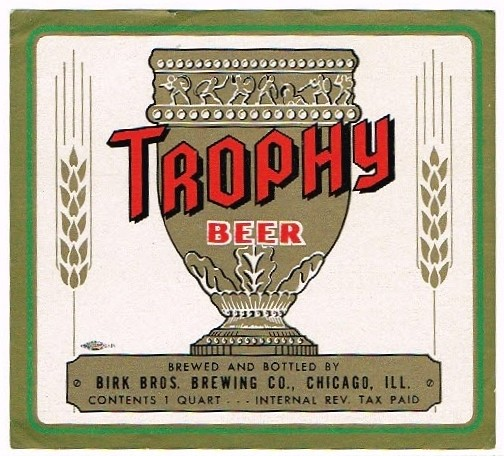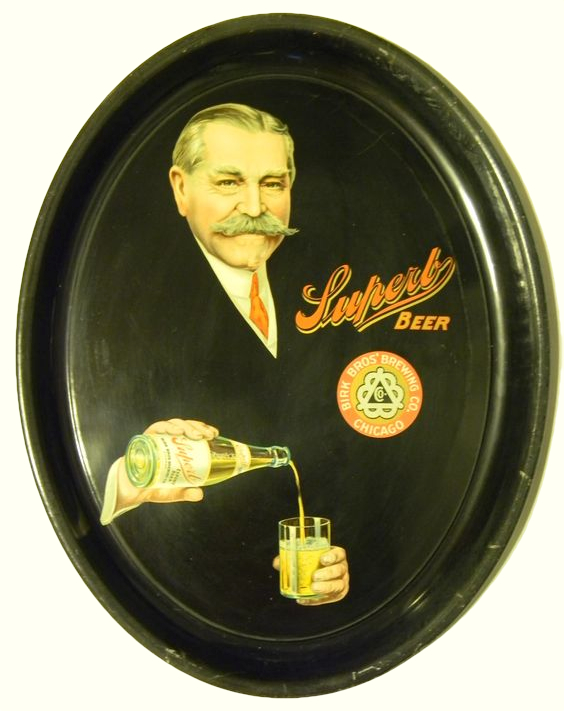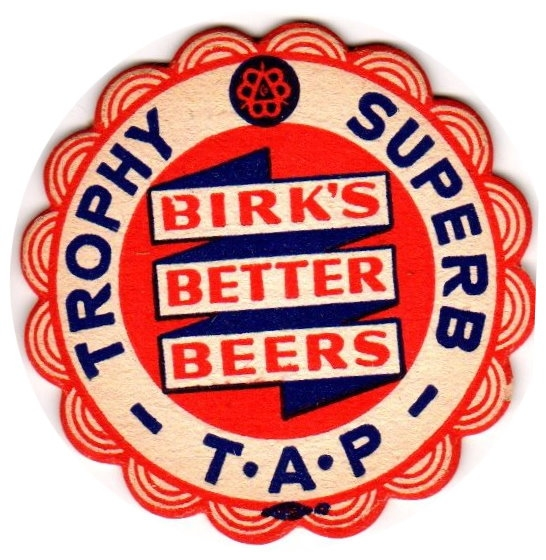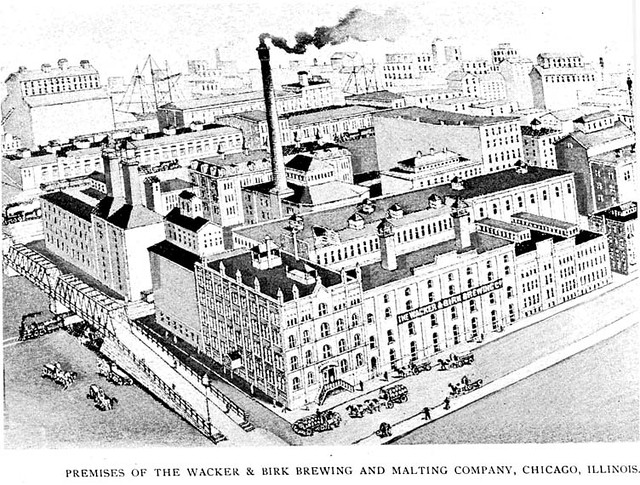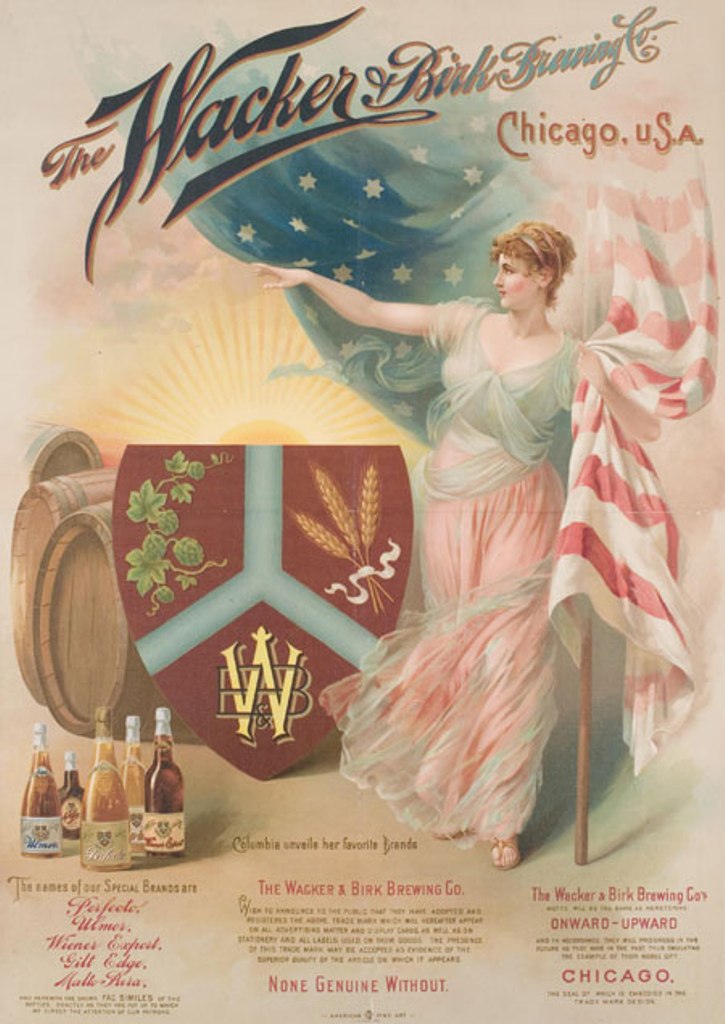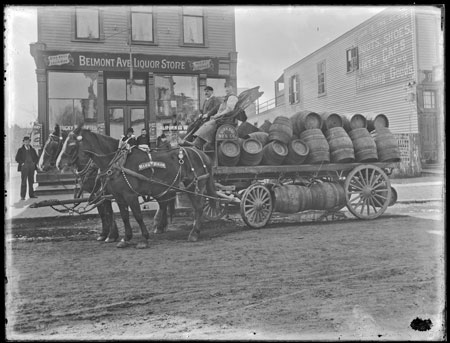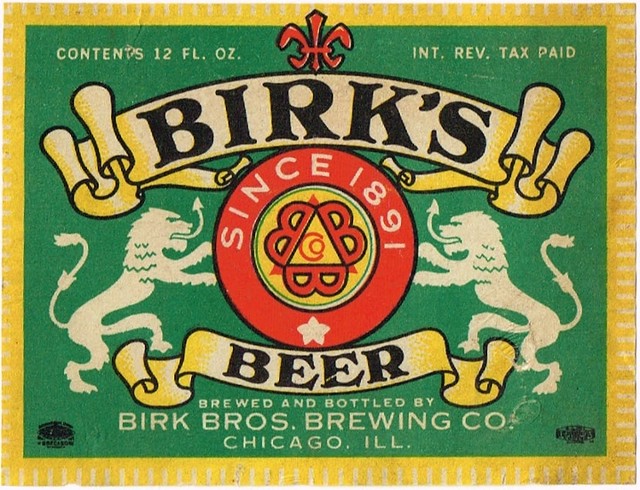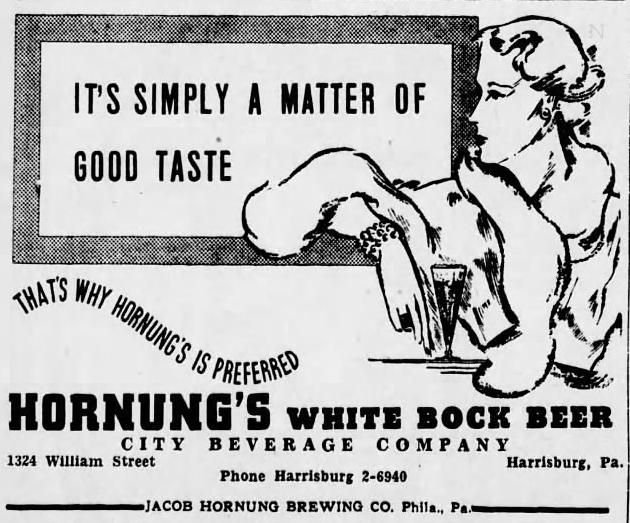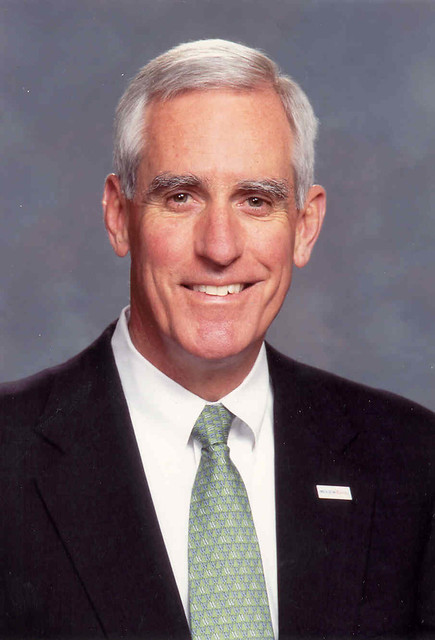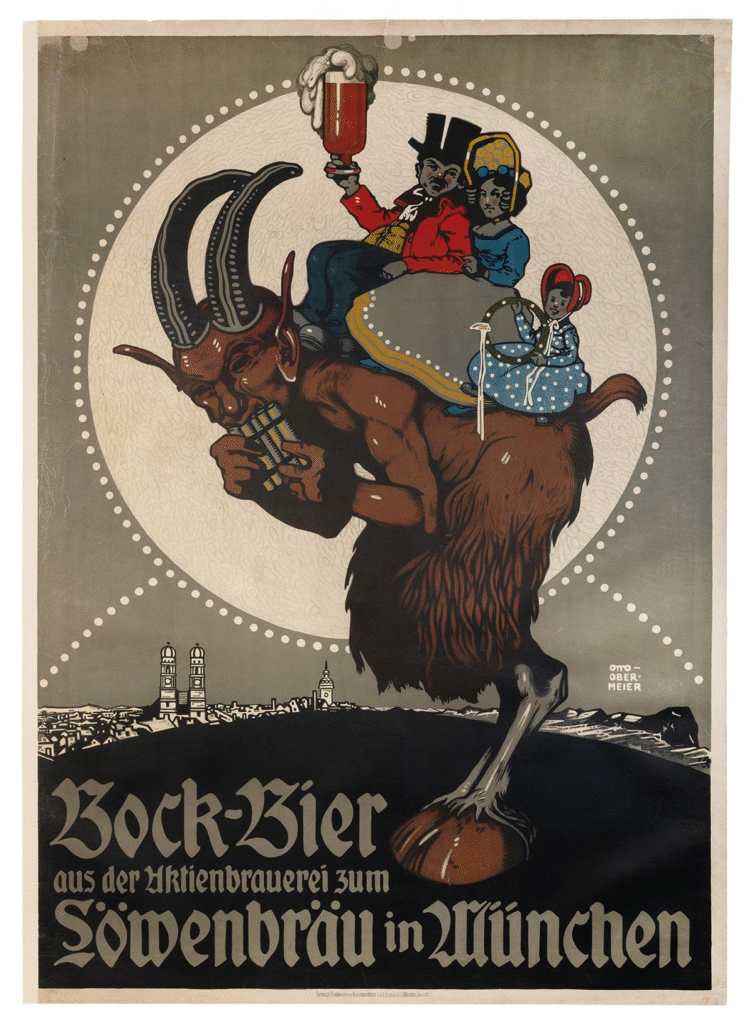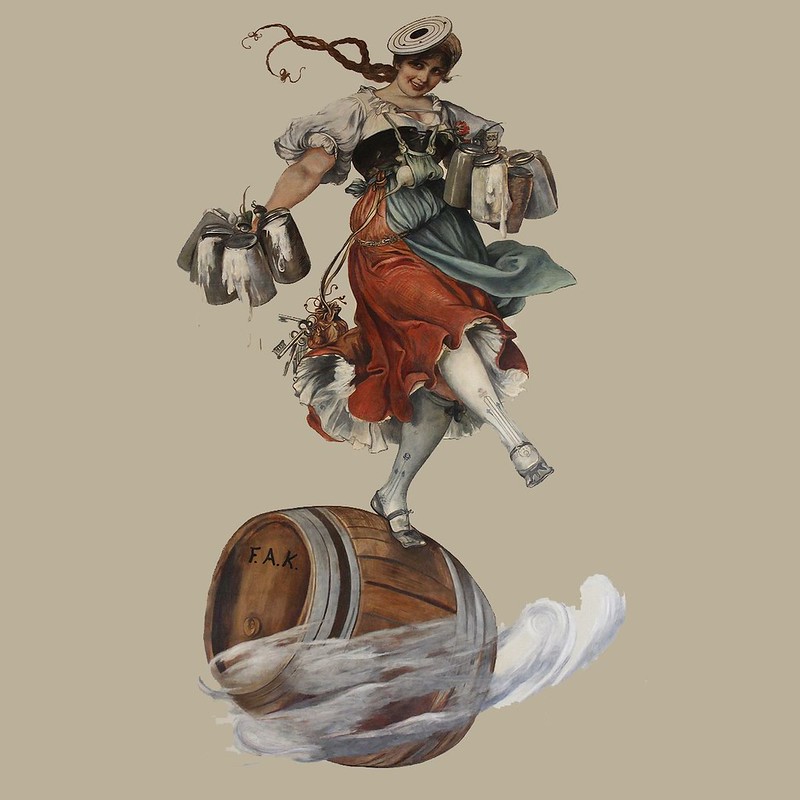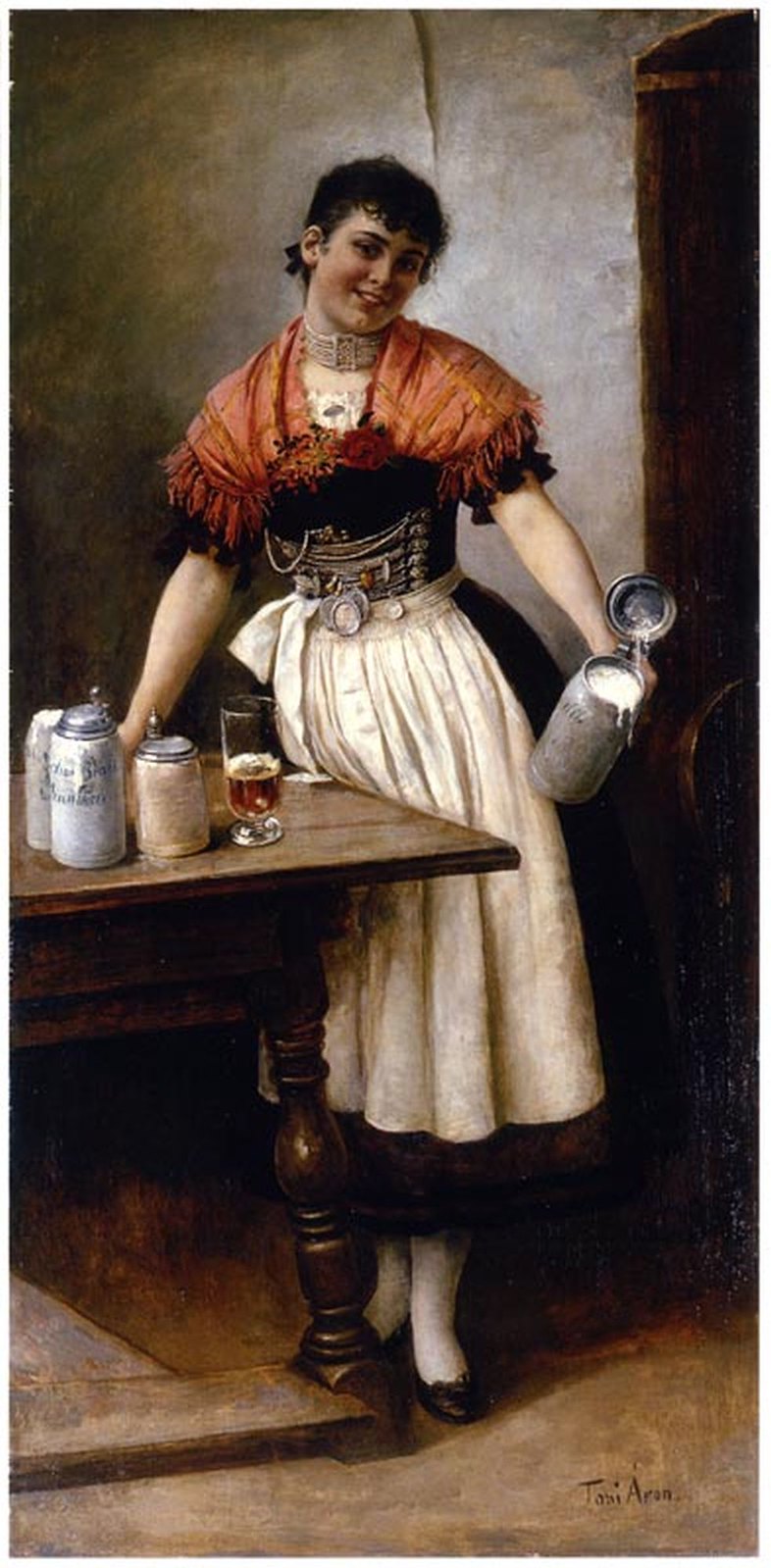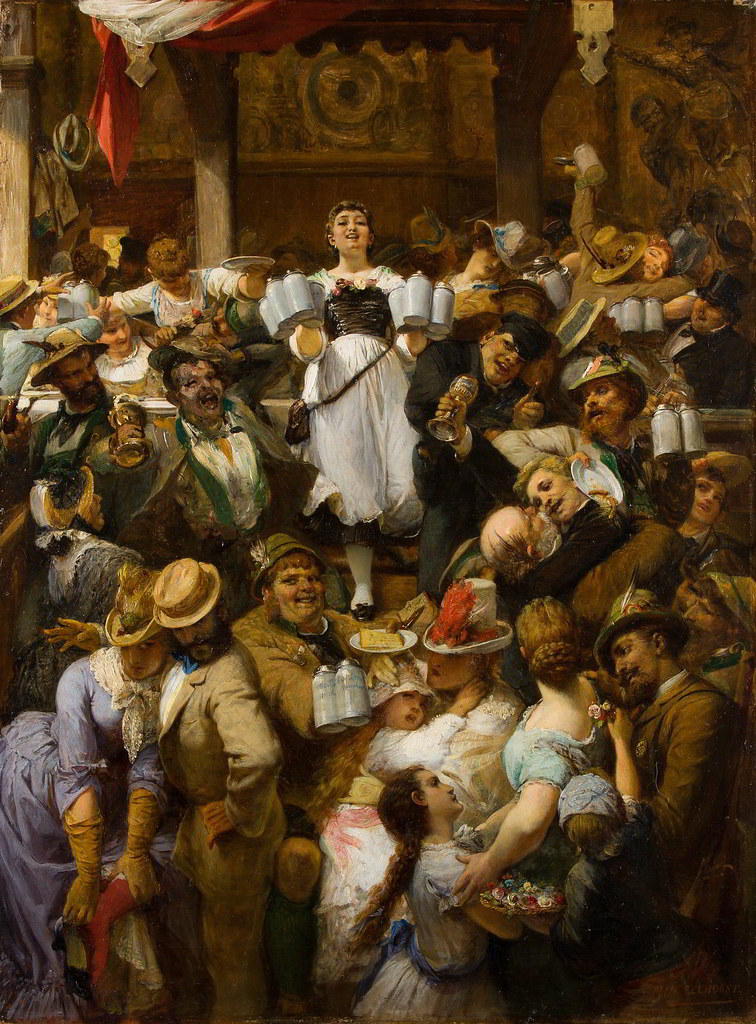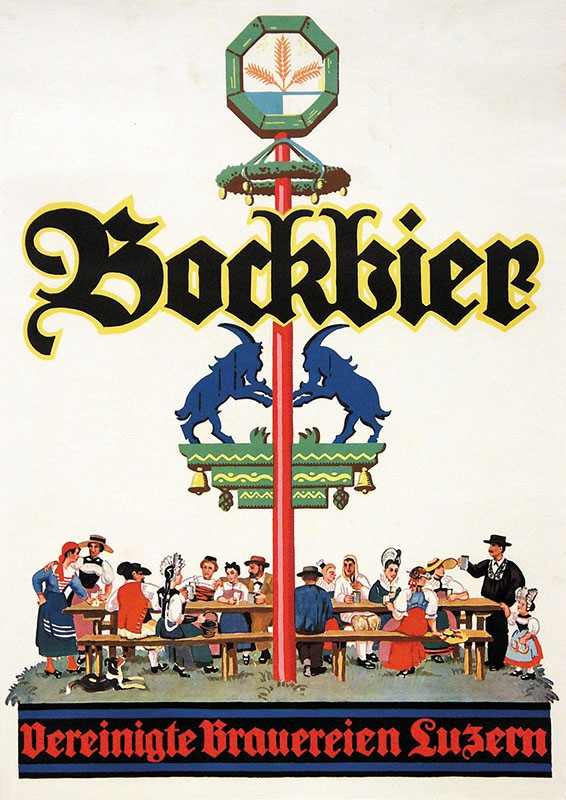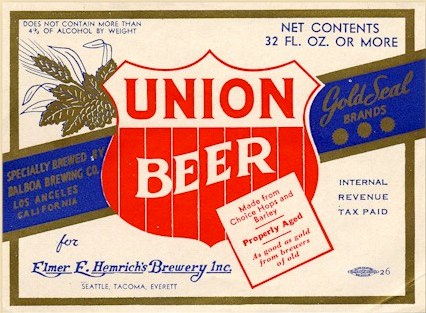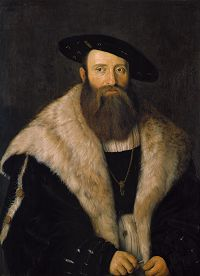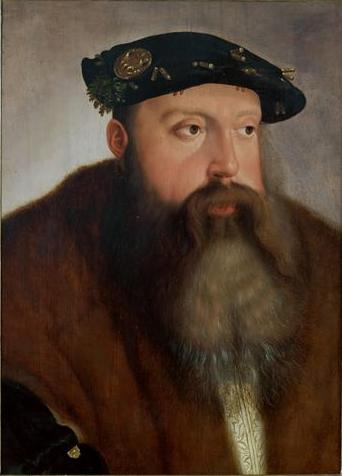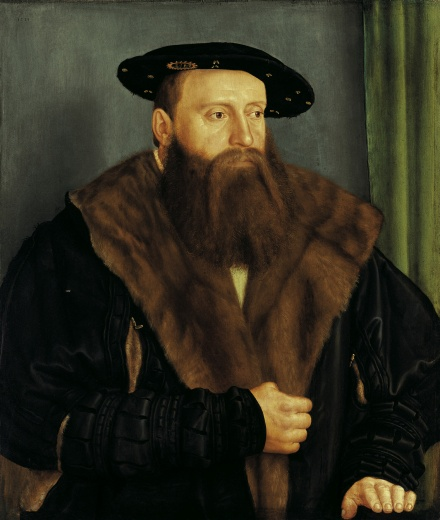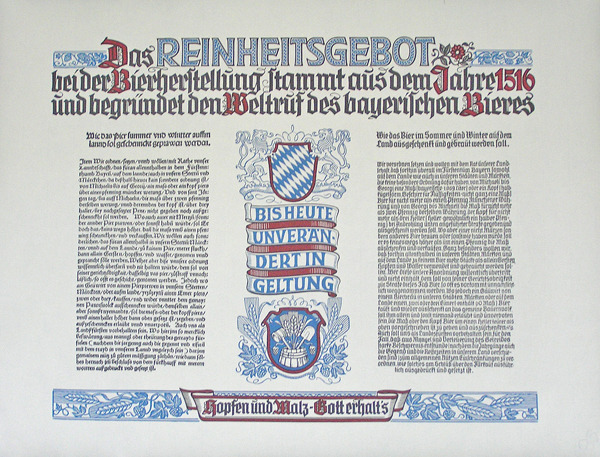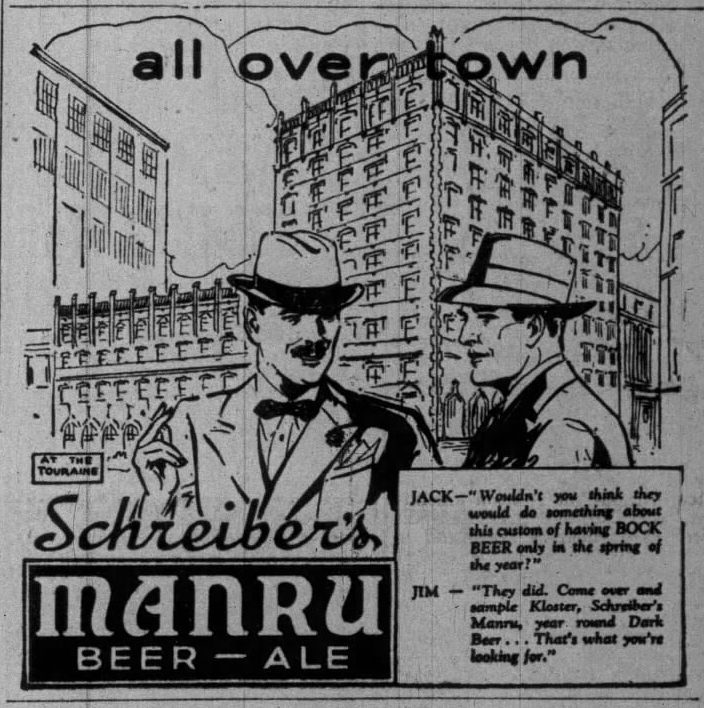
Today is the birthday of Clarence C. Geminn (September 22, 1915-April 21, 2006). He was born in Belleville, Illinois, and his German immigrant grandfather worked in a brewery and his father became a brewer at the Star-Peerless Brewing Co. in St. Louis, and Clarence apprenticed there, too, before getting his beer education at the Siebel Institute. After his graduation in 1951, he was hired by Genesee Brewing in Rochester, New York, and in 1959 became their Brewmaster. The following year at Genesee he developed the recipe for Genesee Cream Ale, which not only became their best-selling beer, it was also for a time the best-selling beer in America, all the more amazing because it was distributed primarily in the Northeast. Tom Acitelli has a nice history of the beer he wrote for All About Beer entitled “How Cream Ale Rose: The Birth of Genesee’s Signature.” In 1995, he retired after 36 years as brewmaster.
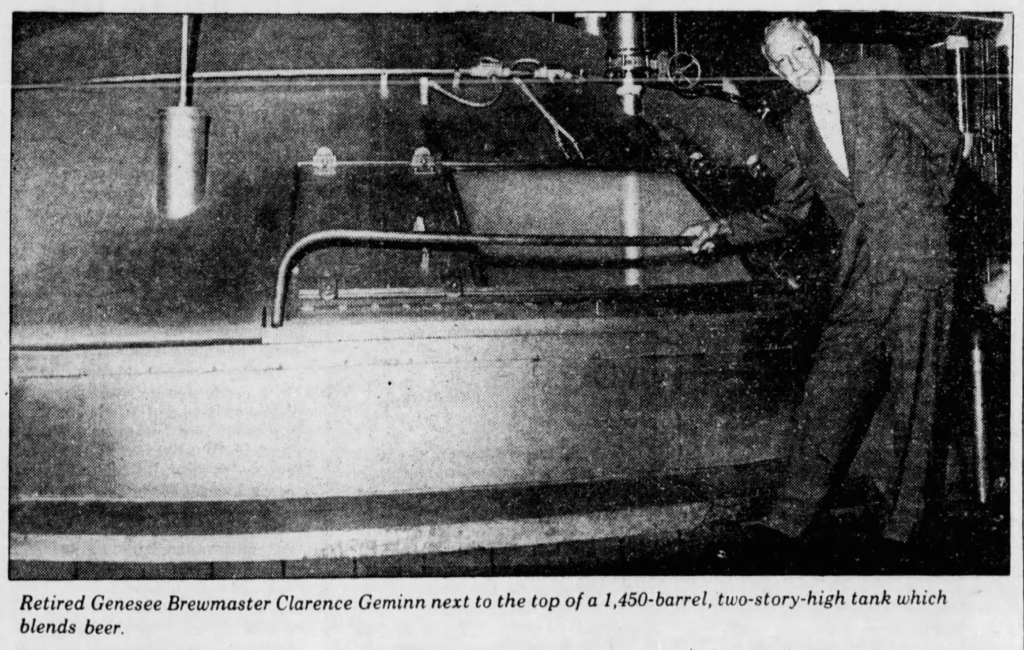
This is his obituary that’s been posted at his Find-a-Grave page:
It’s a trade that is often passed through the family, and it’s not unusual to hear that the son of a brewmaster has married the daughter of a brewmaster of another brewery. Keeps it in the family. Clarence Geminn, who’s of German descent, was brewmaster of Genesee Brewery from 1959 to 1978, one of only four brewmasters at Genesee since it started brewing in 1933. Born in Belleville, Ill., near St. Louis, his father was a brewmaster and his grandfather a brewery worker. In 1934, Geminn started work as an apprentice brewer at the same brewery where his father worked, the Star-Peerless Brewing Co. in St. Louis. Later, he went to the Siebel Institute, now in Chicago, and took a nine-month course to obtain a brewmaster’s diploma.
“It’s sort of a finishing school after you’ve had the practical training,” Geminn said. In 1951 he left Star-Peerless for Genesee. “You could see the handwriting on the wall. That little brewery wasn’t going to make it.” Geminn knew about Genesee because he met William Hoot at Siebel. Hoot is now president of Genesee and Wehle’s cousin. THE ROLE of the brewmaster has changed, Geminn said. Operations such as bottling are outside the realm of the brewmaster, and there are positions above the brewmaster, such as vice president of production, the position Geminn now holds. When Geminn worked in St. Louis, all the trappings of a brewmaster’s power were evident. “In the old days, the brewmaster had a residence on the property. He had free rent and free light. The brewmasters had their own formulas and they were very secretive. That’s where they got their power. “The owner must have known what was going on, but sometimes he didn’t. There were some tricks of the trade, like how you add the yeast and how to blend to achieve a uniform product that was the brewmaster’s secret.” – But even when Geminn came to Genesee in 1951, not all the traditions were gone. Asked if the brewery workers tipped their hats to him, Giminn smiled and said: “Yes, I had that happen to me. Nobody would come into my office until they took their hat off, and the foremen would practically click their heels.”
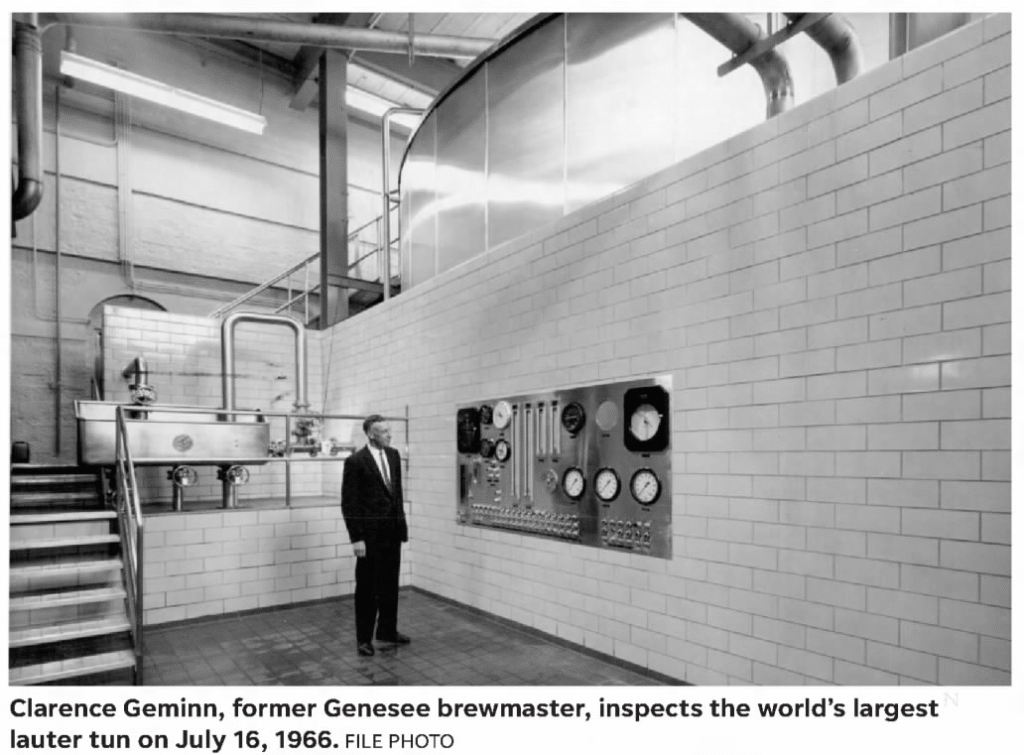
And here’s his obituary from the Democrat and Chronicle of Rochester, New York on April 24, 2006.
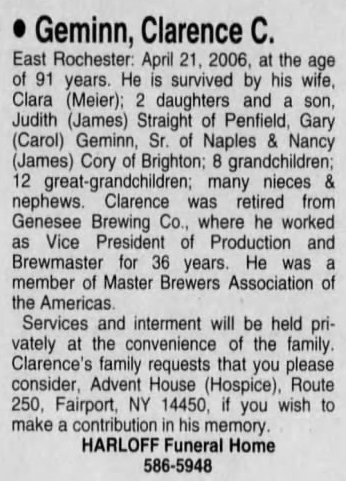
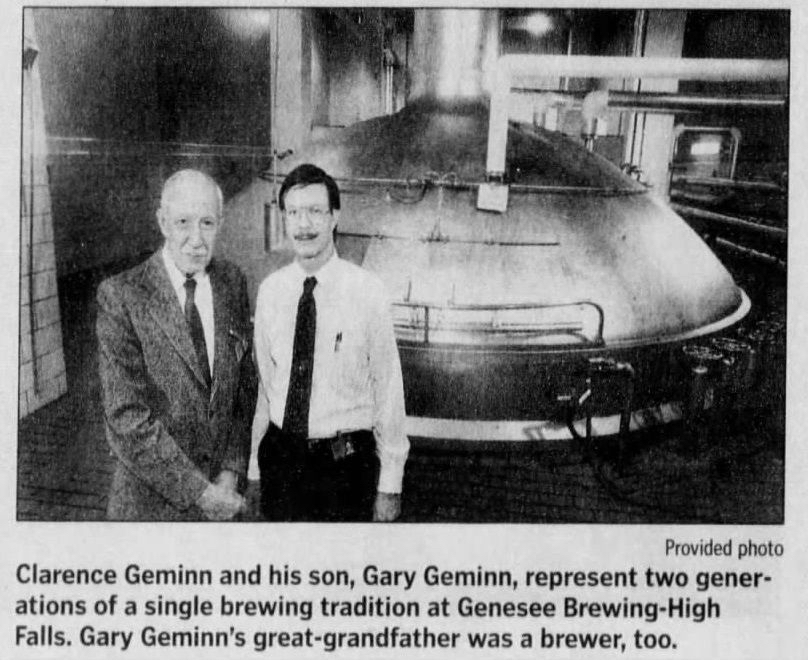
And this article about Geminn is from the Belleville News Democrat of Illinois from March 10, 1964.

